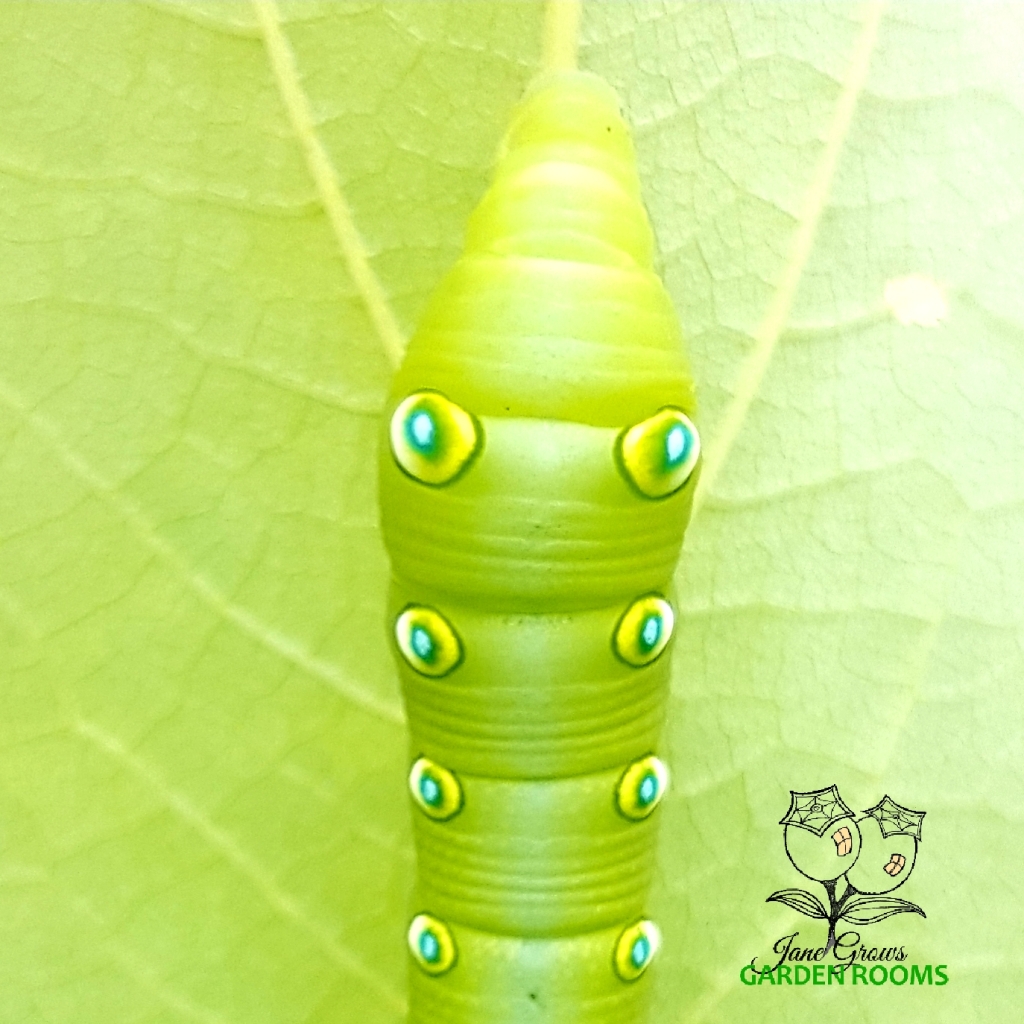
This plant is a biodiversity hub in my garden. A few moments of close observation on any given day reveals species galore. From the Eastern Sedge Frog family to Rainbow Lorikeets to countless insects, I am never disappointed. My children are also regularly drawn to the tree to gather and gobble the tiny sweet fruits or search for caterpillars and eggs. They are inevitably rewarded for their efforts.

Also known as:
- False Stinger
- White Mulberry
- Amahatyan
- Ghasooso
- White Nettle
- Koomeroo Koomeroo
- Kongangn
- Queensland Grass-Cloth Plant
- Thi-la-wo

Growing conditions:
- Full sun/part shade (Prefers full sun)
- Prefers moist conditions, but is drought tolerant with intermittent watering (It may defoliate, but mine have come back with regular moisture. )
- Well drained soil
- Frost tender, especially when young
- Grows 3-8 metres tall and 3-5m wide, responds well to pruning
- Excellent hedging or screening plant

Propagation
- Fresh seed/cuttings
- Dioescious (Male and female plants) – female plants will set fruit without a male, but will not produce viable seed

It’s easy to see why this plant is called Native Mulberry. It’s form, structure and flowers are certainly reminiscent of the Mulberry Trees that many of us grew up raiding for the succulent purple berries that stained our hands and mouths. However, that’s where the similarities end. This tree is part of the nettle family. Thankfully it doesn’t sting like many of its cousins and it produces delicious, if variable in taste, small berries. It produces fruit from January to July, but the harvests are small and inevitably shared with wildlife.
Click here to watch a short video showcasing this lovely tree
The first tree that I bought survived the drought and is still going. It is small, probably partly due to its position which gets dappled shade for most of the day. Of the two I bought later, one perished during the last months of the drought and the other is flourishing and threatening to overwhelm the Lemon Tea Tree that is planting next to it. It is in a position that gets full sun for most of the day. It has been flowering and producing fruit since mid January, around four months and shows no signs of stopping. It is frequently visited by all of our family, as well as Rainbow Lorikeets, Blue-eyed Honeyeaters, various butterflies and moths and countless other insects. An Eastern Sedge Frog family of at least three individuals also lives in the branches and calls at all times of day and night.

This is a rainforest and wet schlerophyl forest plant that appears in disturbed areas. It is a hardy pioneer that responds well to pruning. Without pruning it has a tendency to become “leggy”. Its natural distribution is from Lismore in New South Wales North along the East Coast to North Queensland and around to the Northern Territory, as well as some Asia-Pacific nations, including Guam, Samoa and Indonesia.

First described during Captain James Cook’ s 1769 voyage, this plant had been used for centuries before that by First Nation peoples in its range. Indigenous Australian women and newborn babies ate the seeds. The bark was used to make fishing nets and dyes in Eastern Australia. Every aerial part of the plant was used medicinally to treat ailments from coughs to malaria to burns to centipede bites. The wood was used for construction and the tough fibrous bark was used to make traditional mats in Samoa.

As for the scientific name, argenteus is generally accepted as referring to the silvery underside of the leaf. Pipto is Greek “to fall” perhaps referring to the fruit which drops easily from the branches when ripe and ouro means “long tail” which could refer to the hairy stigma or the leaf petiole.
This plant is host to many butterfly species which is clearly evident from the activity in my garden. Having said that, the foliage is so abundant that the damaged and eaten leaves are far from obvious.
This tree is a rewarding addition to a garden or food forest that will enhance your biodiversity and provide a welcome snack whenever you pass by during the long fruiting season.
Wishing you berries and biodiversity,
Jane Grows Garden Rooms
Like to motivate Jane to keep writing? Buy her a coffee using this link. Or help her monetise her YouTube channel by subscribing and/or watching some of her videos.
PS This plant is on my Ten Australian Bush Food Plants for Your Garden list. Click here to read the full article.
References:
